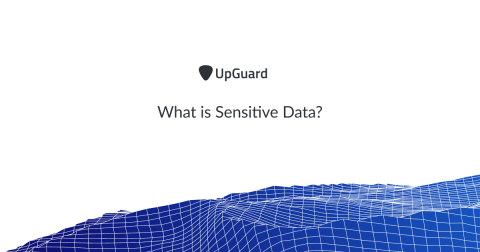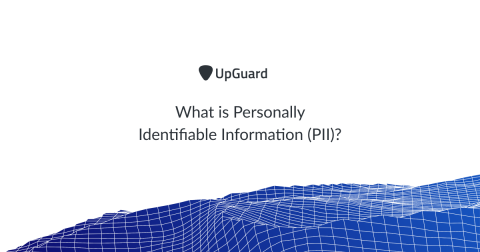What is log aggregation and monitoring relation in cybersecurity?
Logs are the cornerstone in today’s cybersecurity monitoring, investigation, and forensics. According to a Fortune 500 report, an organization’s IT infrastructure can generate up to 10 Terabytes of log data per month. In this post, we will learn about log aggregation and monitoring; then analyze how they can help businesses to strength their cybersecurity posture.









